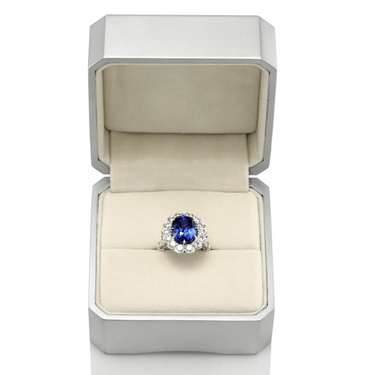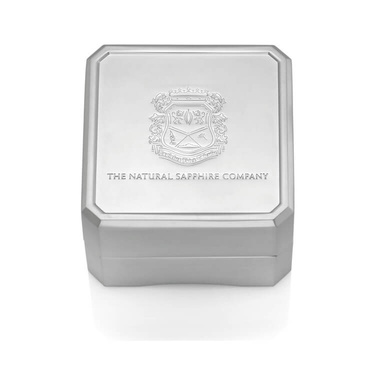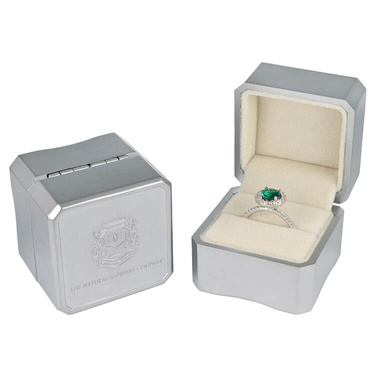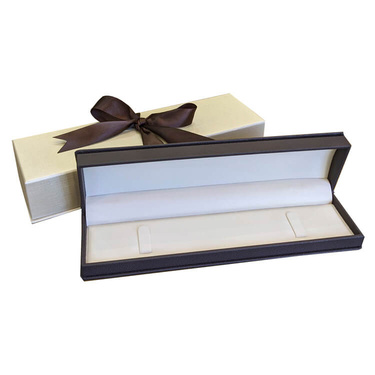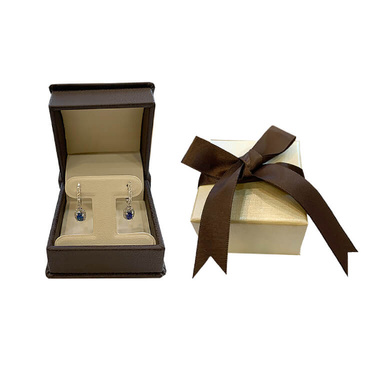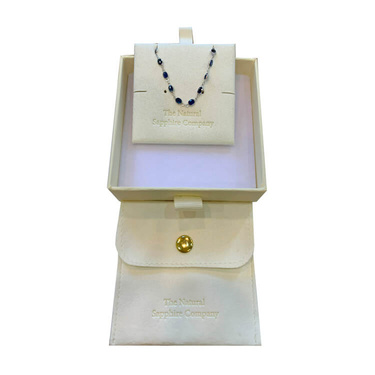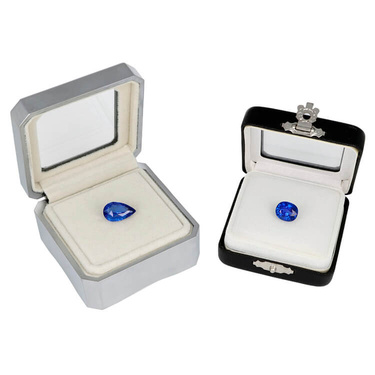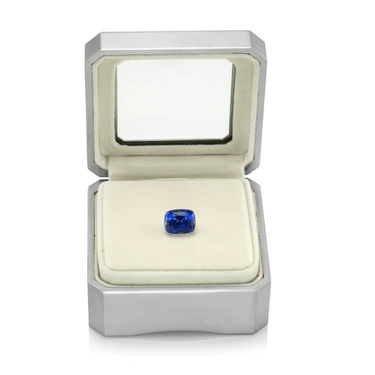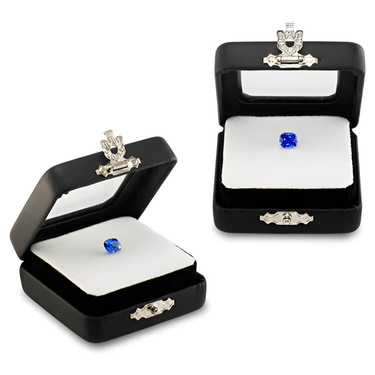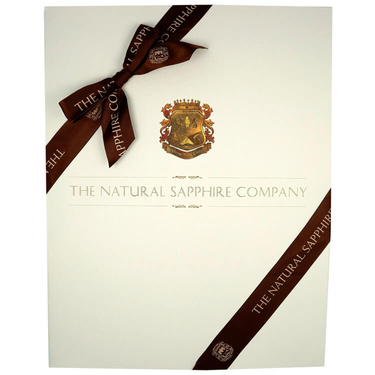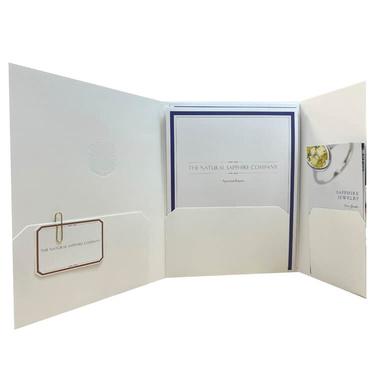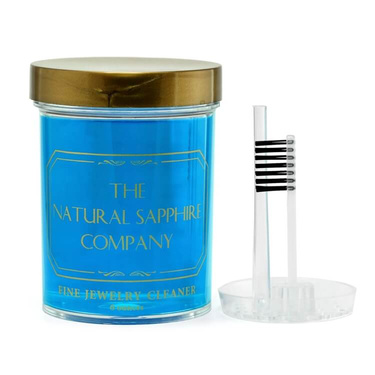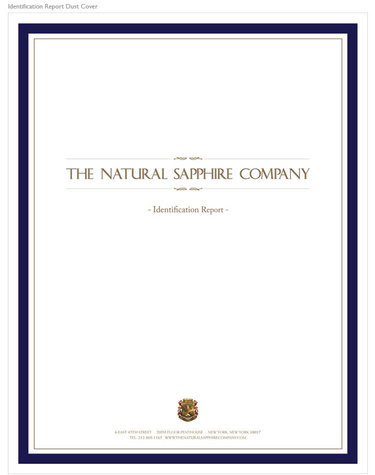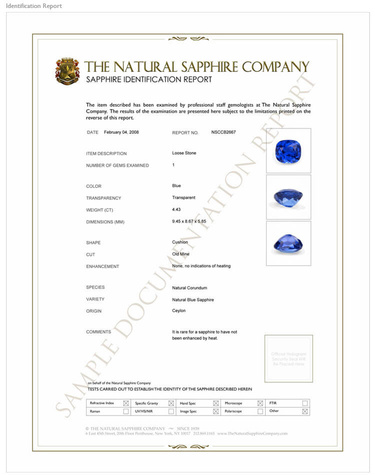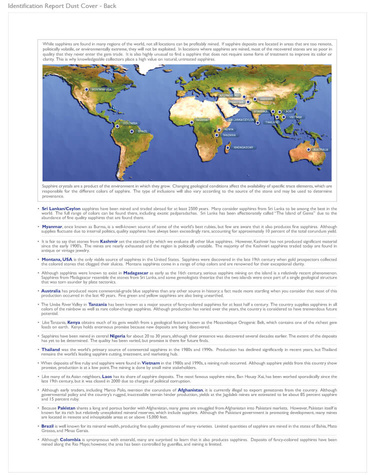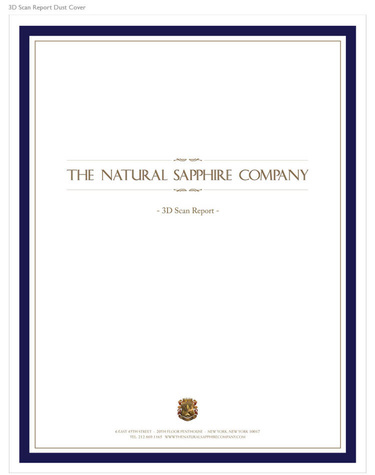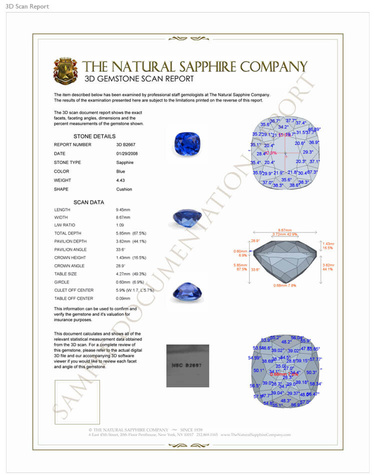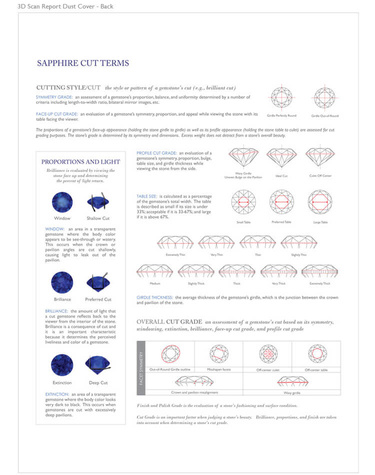- Stone16
- Reports3
-oval-white-sapphire-1.8600-cts-s30525-1.jpg?d=200x200&v=20250922163251)
-oval-white-sapphire-1.8600-cts-s30525-1.jpg?d=200x200&v=20250922163251)
-oval-white-sapphire-1.8600-cts-s30525-lifestyleimage-1.jpg?d=200x200&v=20250922164942)
-oval-white-sapphire-1.8600-cts-s30525-lifestyleimage-2.jpg?d=200x200&v=20250922164942)
-oval-white-sapphire-1.8600-cts-s30525-lifestyleimage-3.jpg?d=200x200&v=20250922164942)
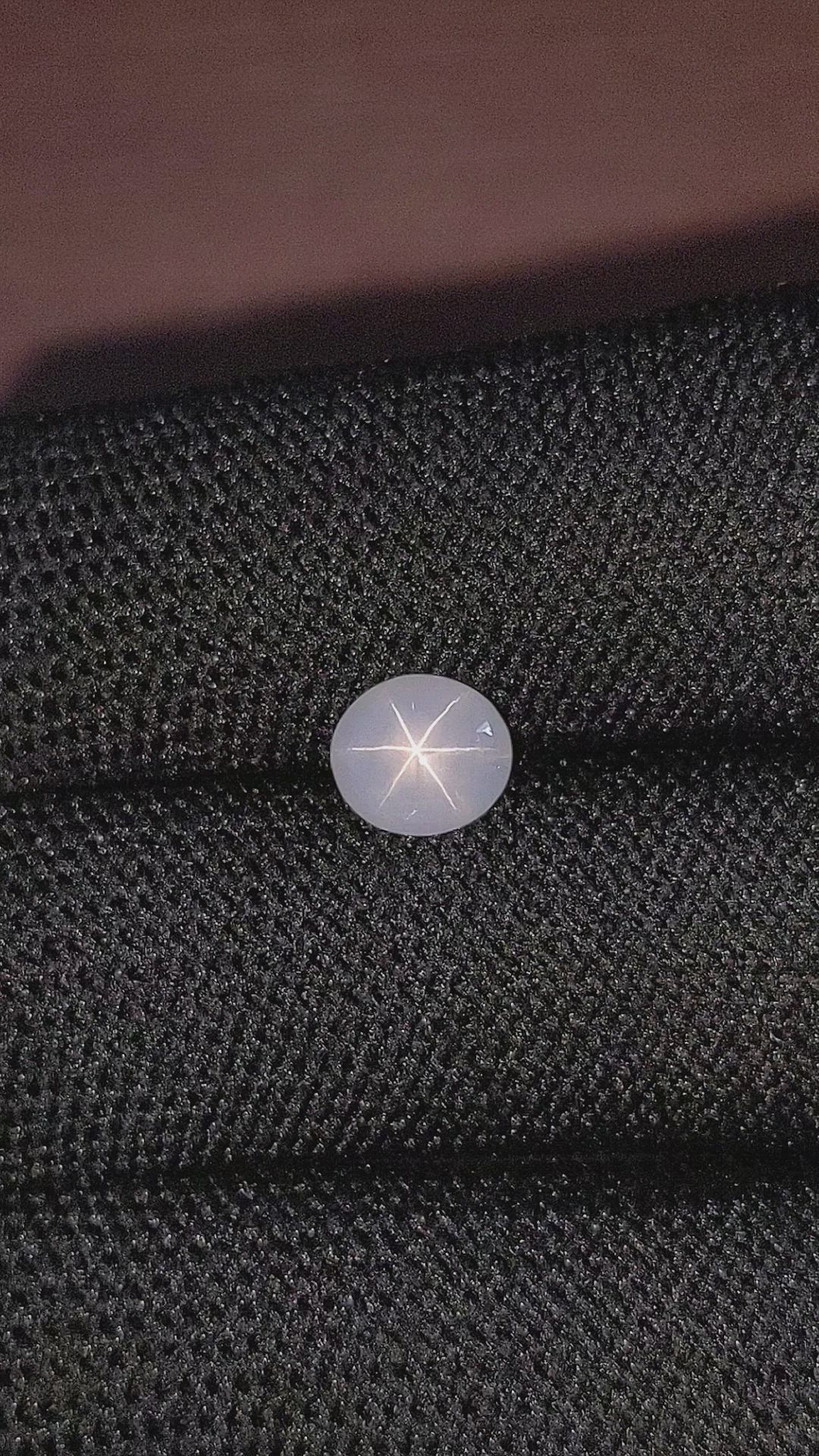
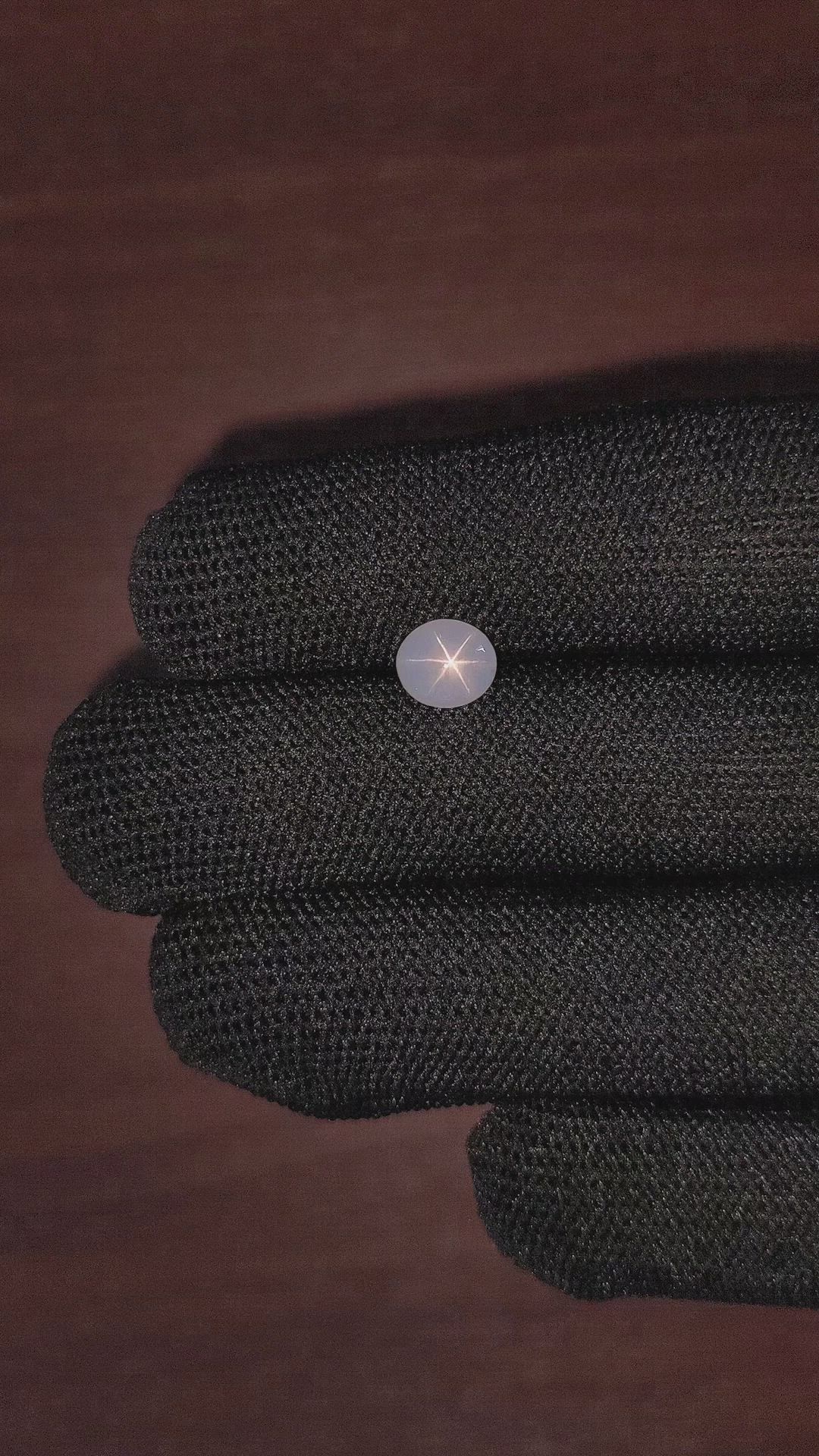
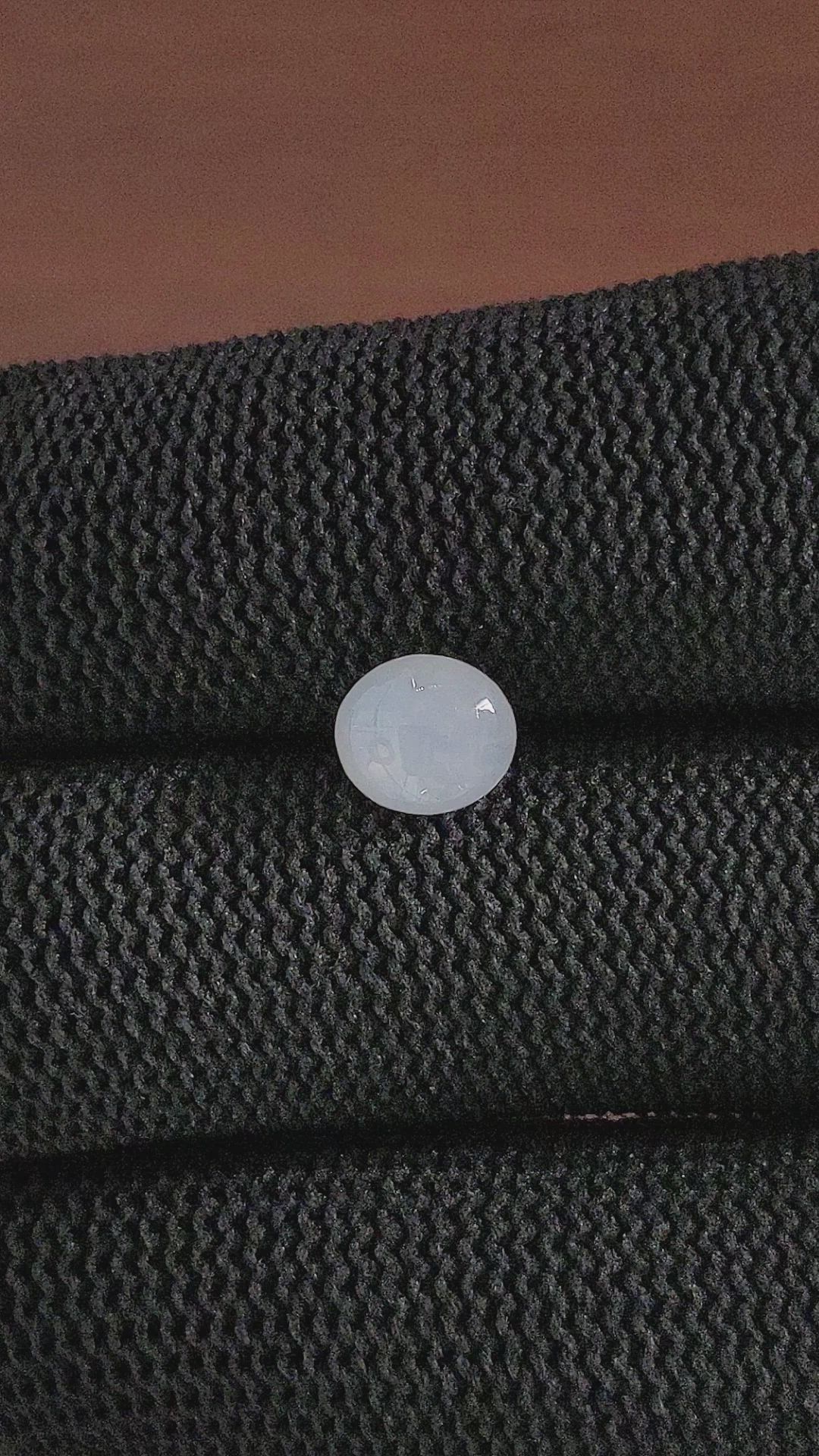
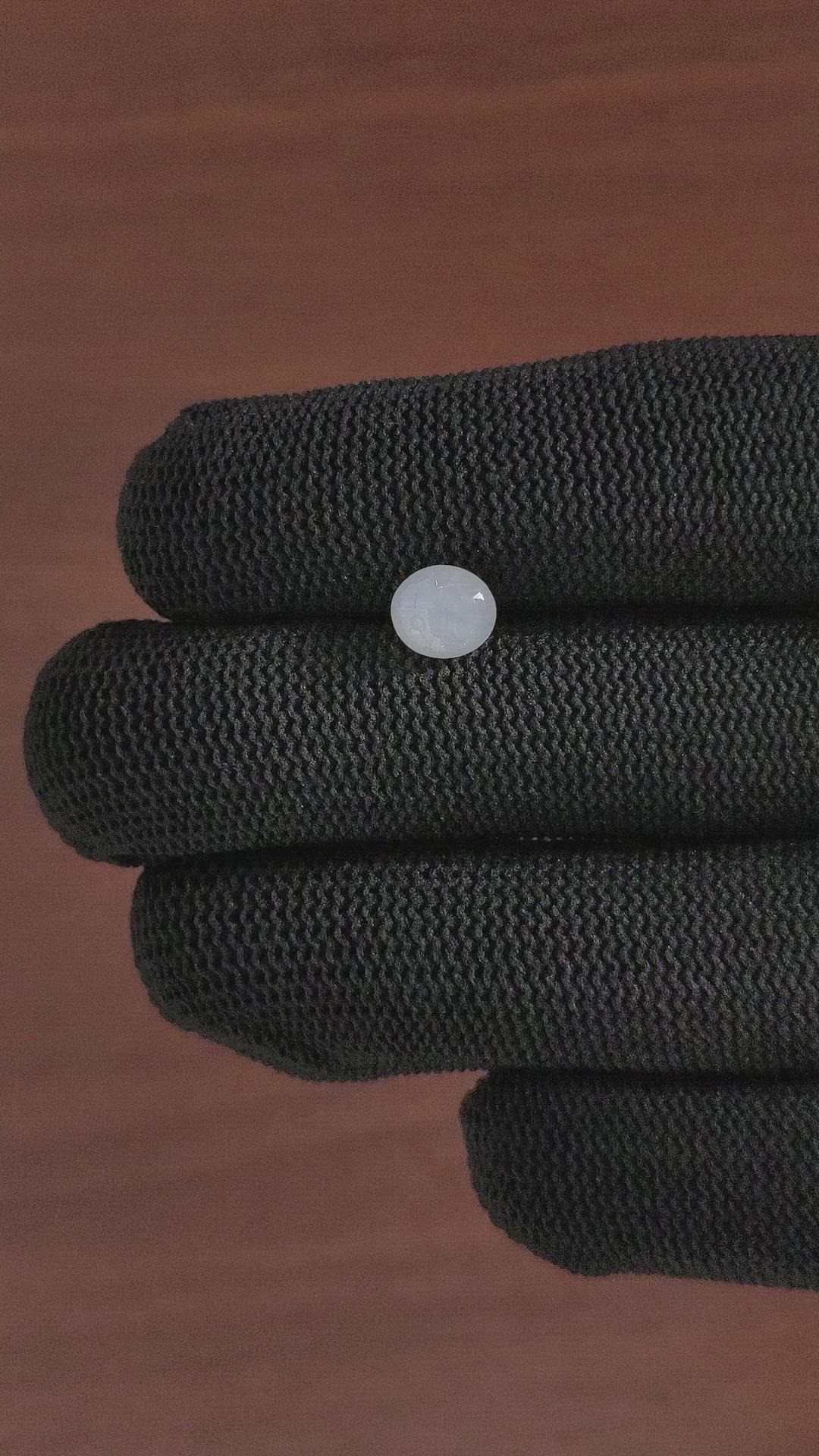
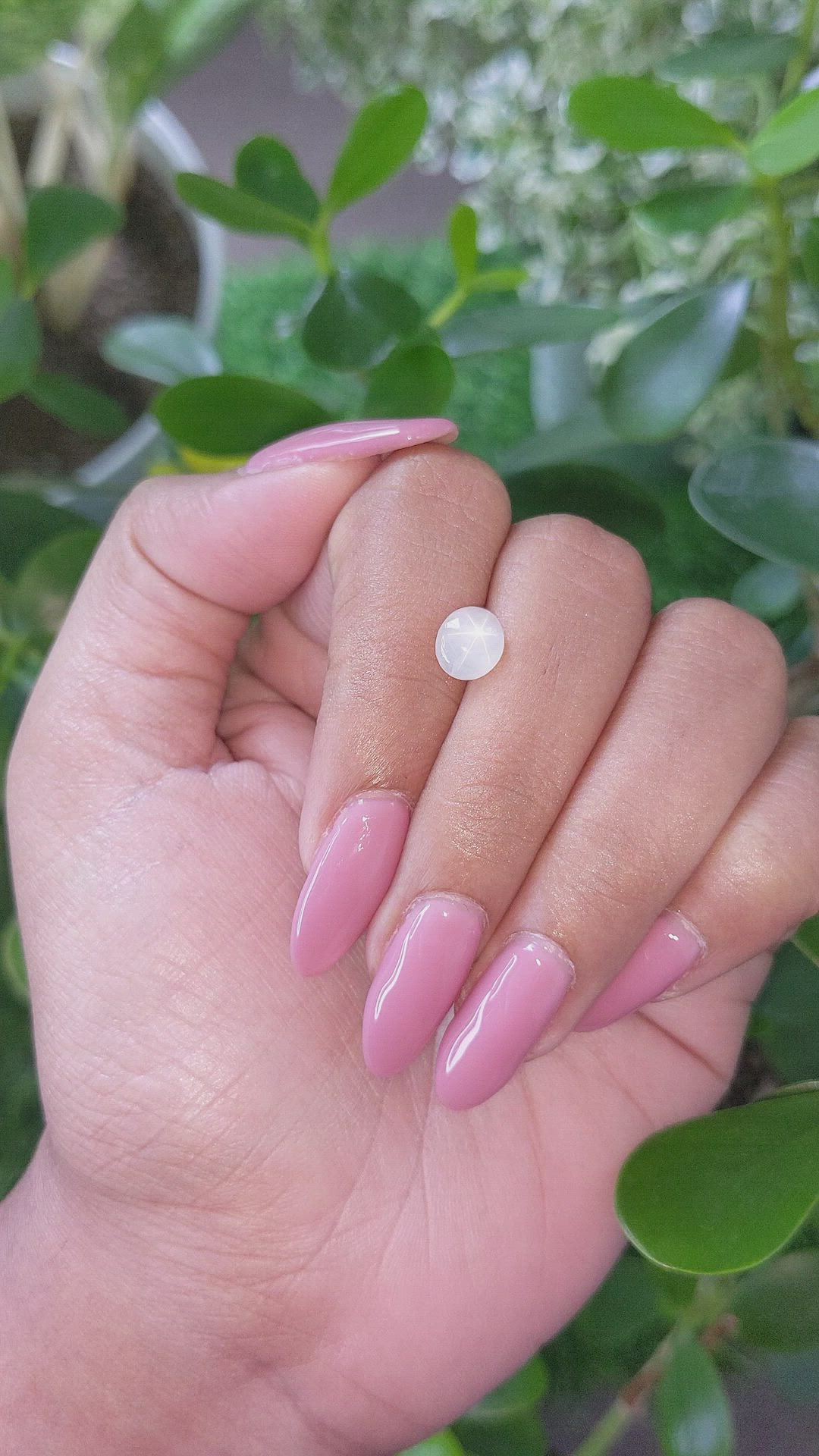
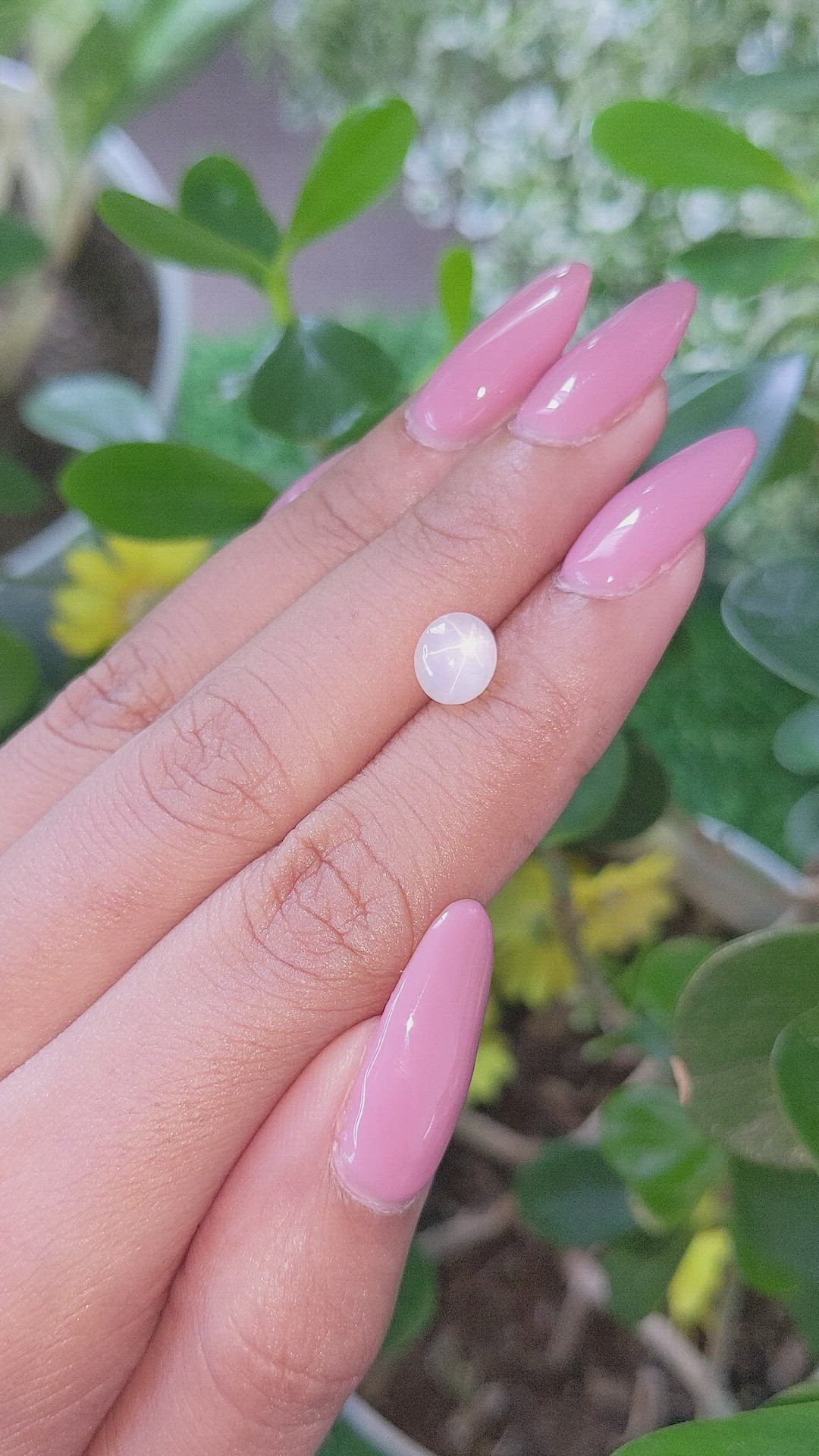
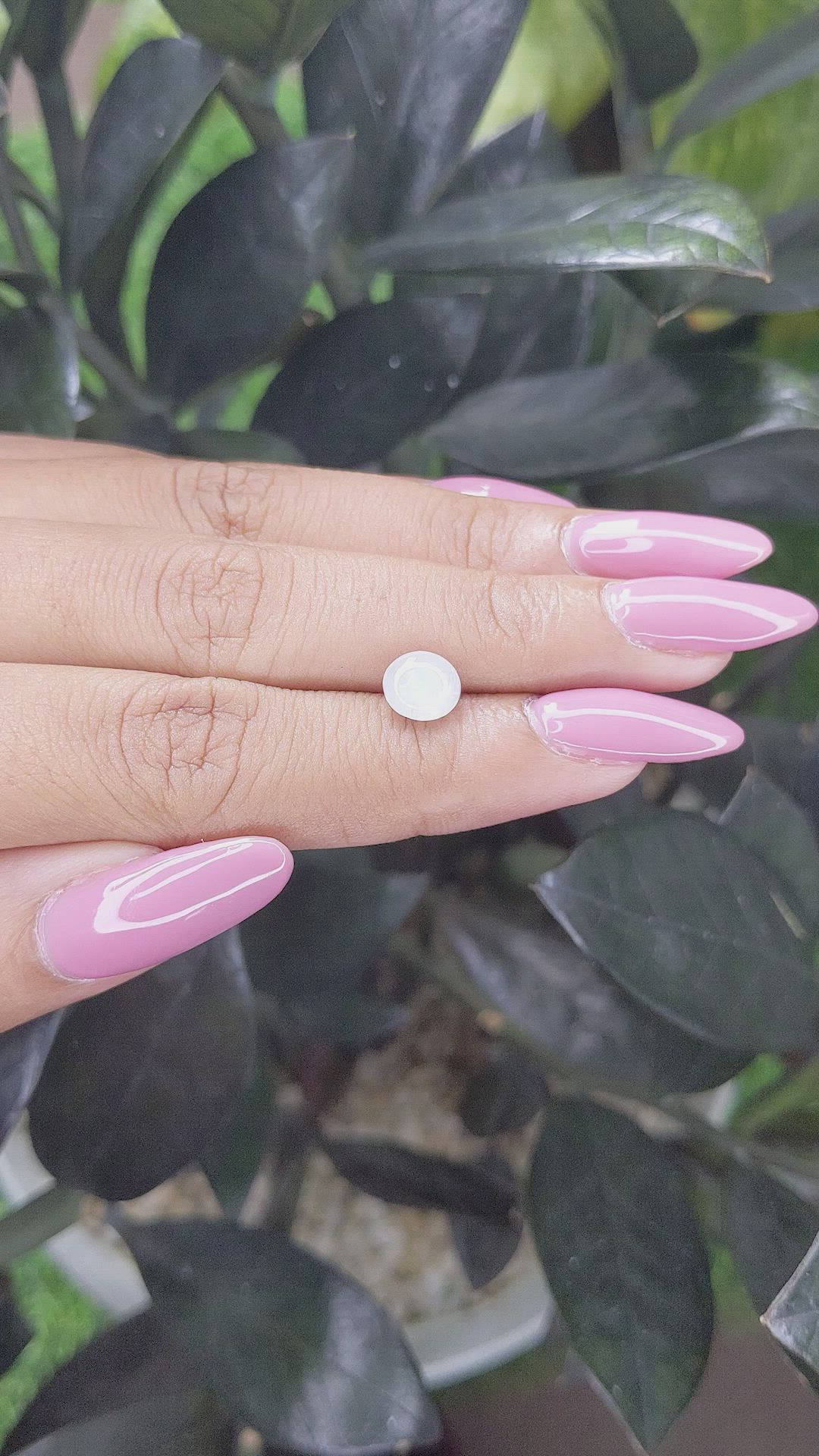




1.86 Ct. White Star Sapphire from Ceylon (Sri Lanka)
This loose stone ships by Nov 8
Item ID: | S30525 |
|---|---|
Dimensions (MM): help | Length: 7.36 Width: 6.54 Height: 3.7 |
Weight: | 1.86 Ct. |
Color: help | White |
Color intensity: help | Colorless |
Clarity: help | Very Slightly Included |
Shape: help | Oval |
Cut: | Cabochon |
Cutting style: | Cabochon |
Enhancements: help | No Enhancement |
Origin: help | Ceylon (Sri Lanka) |
Per carat price: help | $699 |
This translucent 1.86 carat oval white star sapphire presents an exceptional combination of optical purity and traditional asterism, measured at 7.36 x 6.54 x 3.70 millimeters, and executed in a precision cabochon cut that maximizes the phenomenon inherent to fine corundum. The body color is effectively colorless in intensity, allowing the internal needle structures to interact with incident light without chromatic distraction, and the stone reads as translucent rather than opaque, which is an ideal state for asteriated material. The cutter has established a domed profile with sufficient height relative to the table plane to create a crisp six ray star that translates across the dome with minimal diffusion, and the oval outline is disciplined with a length to width ratio that preserves symmetry while enhancing wearability. Clarity is graded as very slightly included when evaluated at eye level, a condition consistent with the stable alignment of rutile needles that produce the asterism, and the excellent polish on the dome and girdle surfaces ensures that light transmission is unobstructed, producing a sharply defined star against a clean, colorless background. Enhancement is absent, the stone is natural and untreated, and its origin in Ceylon Sri Lanka contributes important geological and historical context, reflecting classical material from one of the most respected sources for asteriated corundum.
From a cutting and craftsmanship perspective the piece exhibits several technical refinements that an informed buyer will appreciate, beginning with the decision to retain a relatively high crown to deepen the contrast between the star and the body color. The cabochon shape is intentionally faceted only at the girdle if at all, and the continuous domed surface is polished to a degree that preserves both luster and the optical path necessary for coherent scattering by aligned rutile inclusions. The asterism itself is a function of submicroscopic needle orientation within the corundum lattice, and in this specimen the needles are densely and uniformly aligned to produce a centrally focused star that remains centered even when the stone is viewed off axis, indicating meticulous preform assessment and orientation by the cutter. The oval geometry was chosen to balance aesthetic proportions with the need to orient the needle alignment along the optic axis, and the 3.70 millimeter depth contributes to stable light internal reflection that makes the star visible under a range of lighting conditions from diffused daylight to focused artificial sources. The absence of enhancement preserves the natural distribution and integrity of the rutile silk, and the overall execution demonstrates advanced lapidary technique consistent with high grade Ceylon workmanship.
Investment potential for this untreated Ceylon white star sapphire is compelling for collectors and investors who seek rarity combined with technical quality. White or colorless star sapphires with strong, sharp asterism and natural, unenhanced origins are less common than their blue counterparts, and provenance from Sri Lanka enhances desirability due to long established market recognition and historical demand. At 1.86 carats the stone occupies a segment where per carat price increases can be significant when asterism quality and polish surpass typical commercial examples, meaning that collectors often pay a premium for well executed, untreated specimens. Market trends for corundum have shown that provenance, treatment status, and optical precision are primary drivers of appreciation, and this example scores highly on all three counts. For portfolio diversification a natural star sapphire functions as a tangible asset with intrinsic material scarcity, and its stability as corundum contributes to predictable long term preservation of value. Buyers should consider that condition retention through careful mounting, avoidance of thermal shocks, and professional documentation will support liquidity and future resale potential. The Natural Sapphire Company can provide further technical documentation and guidance on provenance, recommended settings that preserve the dome and star alignment, and long term care to maintain surface polish, all measures that protect value over time.

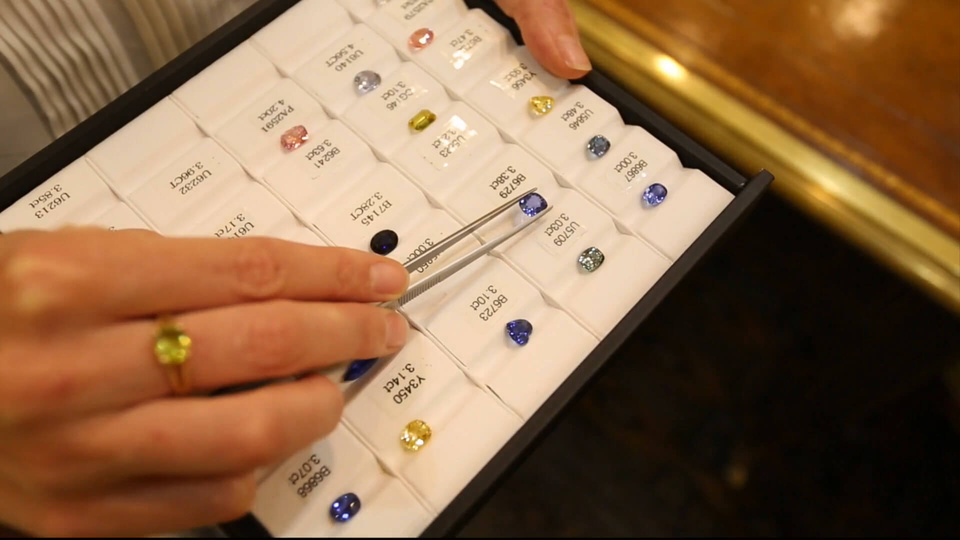



-oval-white-sapphire-1.8600-cts-s30525-1.jpg?d=750x750&s=nsc&v=20250922163251)
-oval-white-sapphire-1.8600-cts-s30525-lifestyleimage-1.jpg?d=750x750&s=nsc&v=20250922164942)
-oval-white-sapphire-1.8600-cts-s30525-lifestyleimage-2.jpg?d=750x750&s=nsc&v=20250922164942)
-oval-white-sapphire-1.8600-cts-s30525-lifestyleimage-3.jpg?d=750x750&s=nsc&v=20250922164942)




